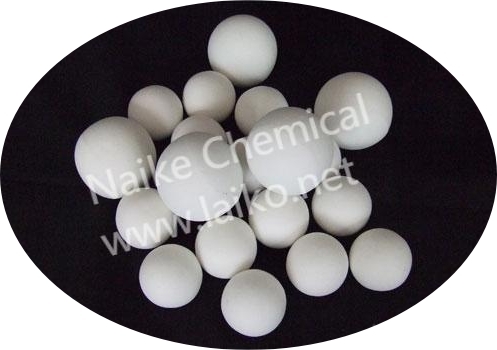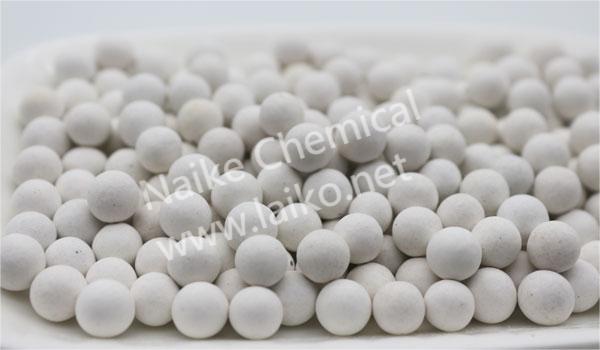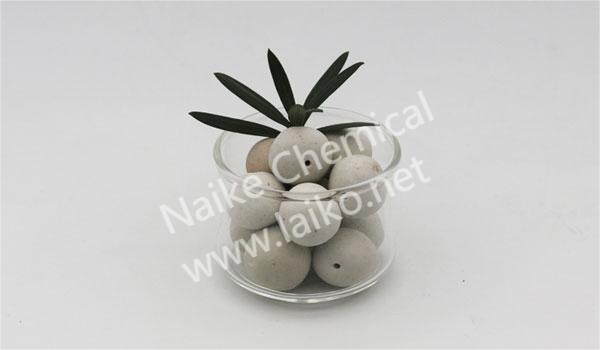How to Make Ceramic Balls?
What is Ceramic Ball?
Ceramic balls are a widely used material in the petroleum, chemical, fertilizer, natural gas, and environmental protection industries. The porcelain ball is used as a covering support material for the catalyst in the reactor and as a tower packing. It has the characteristics of high temperature and pressure resistance, low water absorption, and stable chemical properties. It is resistant to acids, alkalis, and other organic solvents and can withstand temperature changes in the production process. Its main function is to increase the gas or liquid distribution points and to support and protect less strong active catalysts.
Porcelain ball classification: ceramic balls can be classified according to their use: filler ceramic balls and grinding ceramic balls are two kinds.



How Hard Are Ceramic Balls?
Ceramic balls are mainly used in harsh environments. Their main advantages over steel are that they are 40% less dense than steel, 29% lower in thermal expansion and 150% harder.
How to Make Ceramic Balls?
Ceramic balls are manufactured by pressing a mixture of ceramic powder binders into a preformed part shape. After the balls have been sintered, the part lines are removed by fine grinding. Grinding and precision finishing are then used to design or grade dimensions and product specifications such as diameter, sphericity, and surface finish. For applications requiring a fully dense material with specific material properties, hot isostatic pressing (HIP) can be used after sintering. HIP produces ceramic balls with a non-porous microstructure and micron-sized particles.
Ceramic Ball Industry Analysis
Various advantages associated with the use of ceramic balls are expected to be the major factor driving the growth of the global ceramic balls market during the forecast period. Moreover, the increasing use of ceramic balls in the automotive industry coupled with the rapid growth of the automotive industry is expected to boost the growth of the target market during the forecast period. Moreover, increasing public and private investments in the adoption of advanced technology products coupled with growing demand for ceramic balls in the chemical industry are expected to support the growth of the global ceramic balls market during the forecast period.
However, the high cost associated with the production of ceramic balls is the major factor expected to hamper the growth of the global ceramic balls market during the forecast period. However, companies can also focus on developing and marketing ceramic balls for medical applications, which in turn creates lucrative growth opportunities for players operating in the target markets.
Markets in the Asia Pacific region account for a significant share of the revenue contribution of the target markets compared to markets in other regions. Increasing demand for ceramic balls from the automotive and aerospace industries are factors that are expected to drive the growth of the market in the region over the forecast period. Moreover, the market in the Asia Pacific is expected to grow relatively faster in terms of revenue over the next 10 years.



